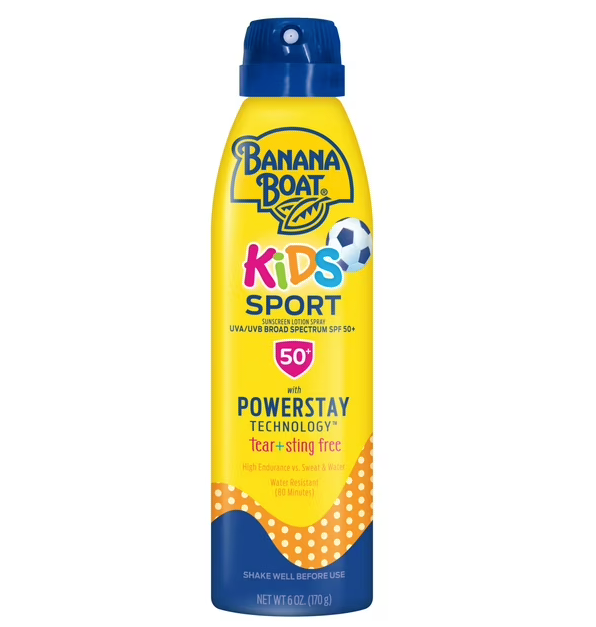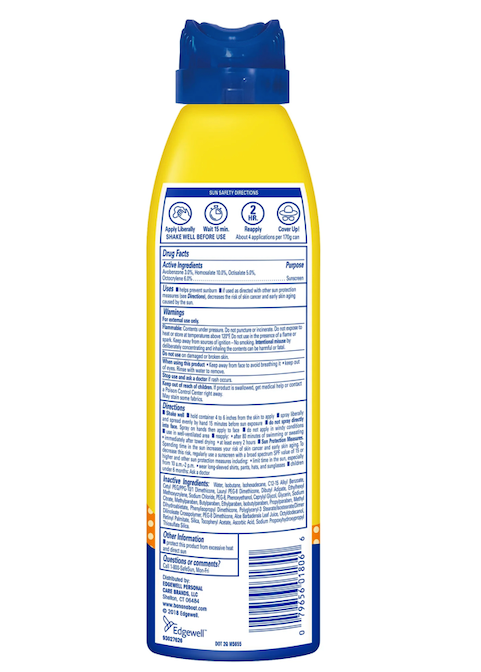A sunburn is your skin’s painful reaction to too much ultraviolet (UV) radiation usually from the sun, but it can also happen from tanning beds or UV lamps.
What Actually Happens?
When your skin is exposed to too much UV radiation:
- Skin cells get damaged at the DNA level.
- Your body recognizes the damage and increases blood flow to the area, causing redness and inflammation.
- Your immune system sends white blood cells to repair the damage, which can cause pain, swelling, and peeling.
This is basically your body saying: “Hey, you cooked me!”
Symptoms of a Sunburn
- Redness
- Warm or hot skin
- Pain or tenderness
- Swelling
- Blisters (in severe burns)
- Peeling skin a few days later
- Chills, fever, nausea (in extreme cases)
When Do Symptoms Show Up?
- Usually within a few hours of sun exposure.
- Peaks around 12–24 hours.
- Heals in about 3–7 days, depending on severity.
Why It Matters
Besides being uncomfortable (or downright painful), repeated sunburns seriously increase your risk of:
- Skin cancer (including melanoma)
- Premature aging (wrinkles, sunspots)
- Permanent skin damage
Prevention = Protection
- Use a broad-spectrum SPF 30+ sunscreen.
- Reapply every 2 hours, or after swimming/sweating.
- Wear protective clothing, hats, and sunglasses.
- Seek shade during peak sun hours (10 a.m. to 4 p.m.).



